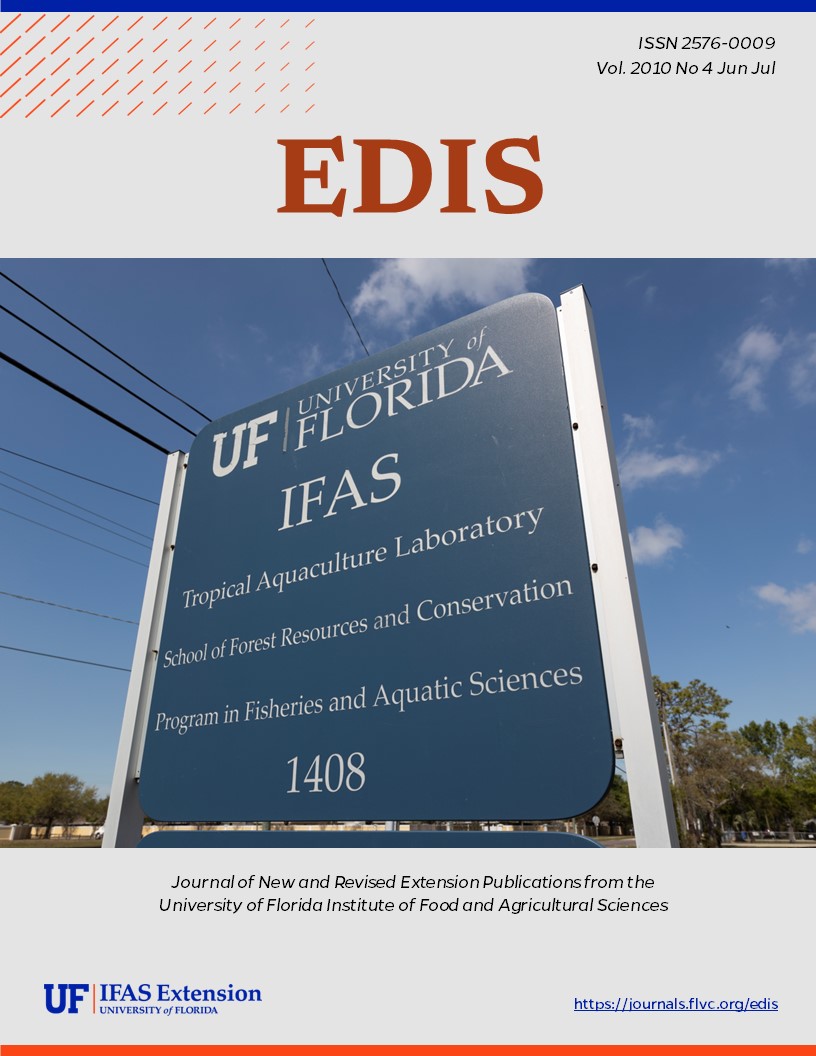Abstract
FOR 258, a 2-page fact sheet by Michael G. Andreu, Melissa H. Friedman, Mary McKenzie, and Heather V. Quintana, describes this native and small-statured tree that grows best on sandy and dry soils throughout the southeastern United States, from Virginia south to Florida, west to Texas, and north to Kansas — scientific and common names, description, allergen, storm tolerance, and applications. Includes references. Published by the UF School of Forest Resources and Conservation, June 2010.
References
Austin, D. F. 2004. Florida ethnobotany. Boca Raton, FL: CRC Press.
Borror, D. J. 1988. Dictionary of root words and combining forms. Mountain View, CA: Mayfield Publishing Company.
Duryea, M. and E. Kampf. 2007. Selecting Southeastern Coastal Plain tree species for wind resistance (FOR119). Gainesville, FL: UF-IFAS Florida Cooperative Extension Service. Retrieved from http://edis.ifas.ufl.edu/fr174 https://doi.org/10.32473/edis-fr174-2007
Godfrey, R. K. 1988. Trees, shrubs, and woody vines of Northern Florida and adjacent Georgia and Alabama. Athens, GA: The University of Georgia Press.
Haehle, R. J. and J. Brookwell. 2004. Native Florida plants: Low-maintenance landscaping and gardening. Lanham, MD: Taylor Trade Publishing.
Little, E. L. 2005. National Audubon Society field guide to trees, Eastern region. New York, NY: Alfred A. Knopf, Inc.
Nelson, G. 1994. The trees of Florida: A reference and field guide. Sarasota, FL: Pineapple Press.
Ogren, T. L. 2000. Allergy-free gardening: The revolutionary guide to healthy landscaping. Berkeley, CA: Ten Speed Press.
Osorio, R. 2001. A gardener's guide to Florida's native plants. Gainesville, FL: University Press of Florida.
USDA Natural Resources Conservation Service. (n.d.). Plants Database. Retrieved from http://plants.usda.gov/index.html

